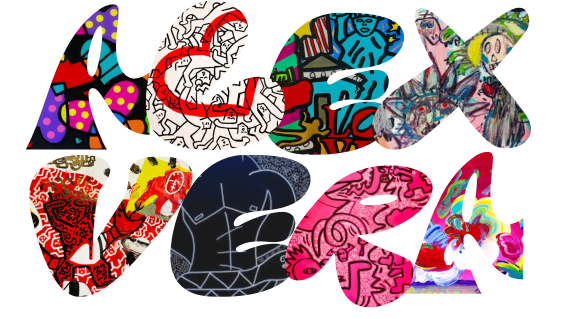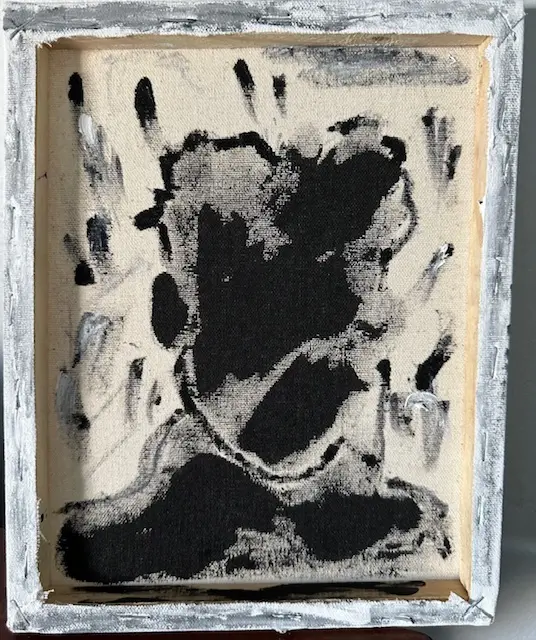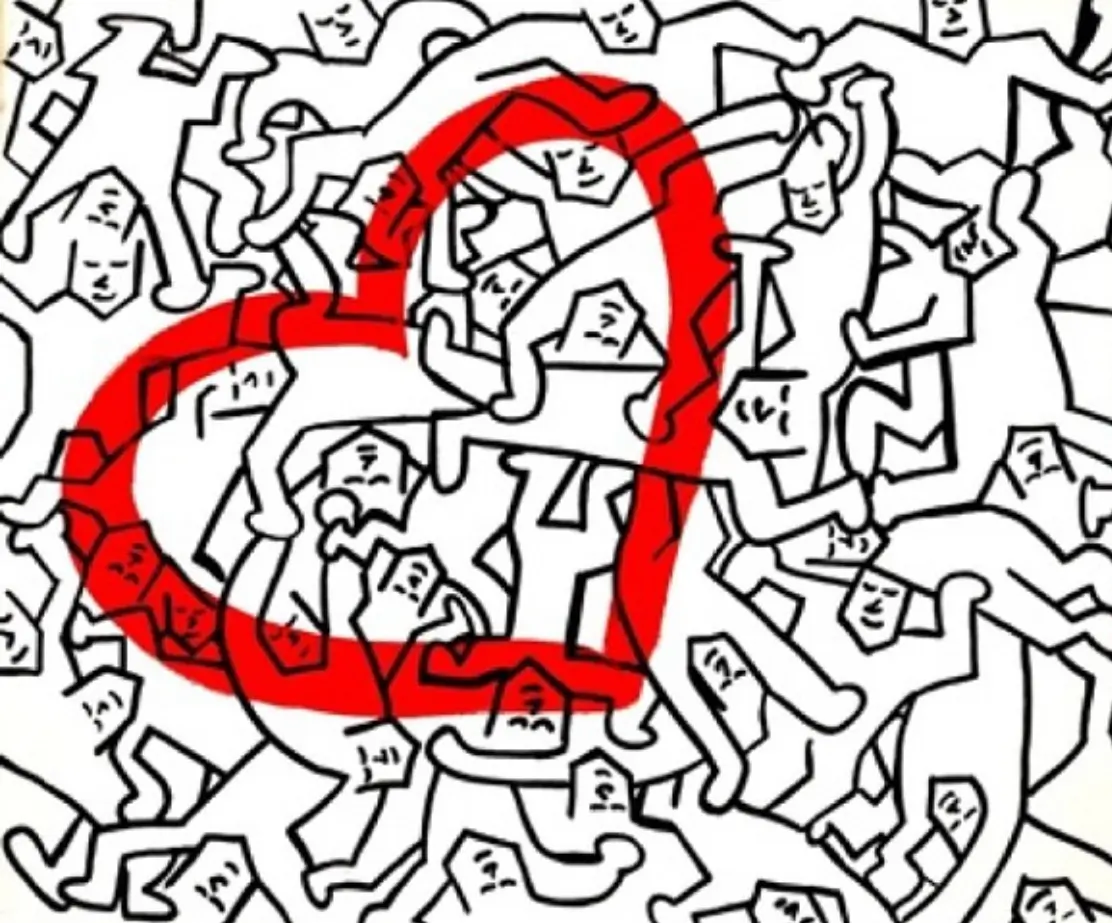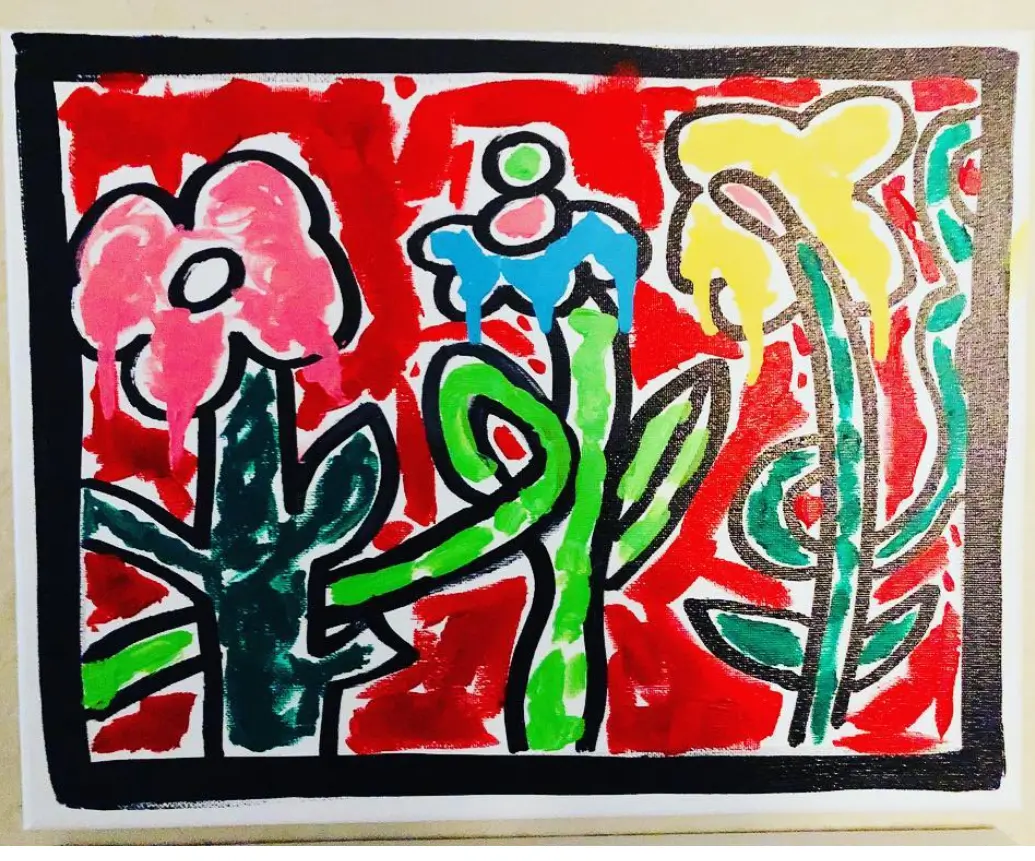| For many collectors, buying NFTs is really less about having a unique digital file and more about making a quick profit. In that regard, some collectors view an NFT as an investment – just as they would a piece of conventional art. Just as with rare baseball cards or unique works of art, some of the demand for NFTs comes from the uniqueness of a digital object. For individuals looking to create collections from digital assets, NFTs provide a unique opportunity not seen before outside traditional collectibles, galleries, and art markets. As interest in NFTs grows, it helps to understand how these digital assets work, what gives them value, and some of the risk factors to consider if you are considering buying one. NFTs are not exactly prime time investments, experts say, and there are a few aspects of cryptocurrency that you will want to be truly comfortable with before finding yourself holding an NFT. Treyton DeVore, an investment adviser in Kansas City, Mo., who advises clients about digital assets, says you might want to think of NFTs as a particularly unpredictable piece of your cryptocurrency portfolio. Investors bullish on the technology–a group that typically overlaps with cryptocurrency enthusiasts–view NFTs as a way to support artists financially, to stretch out digital art collections, and to speculate on the markets phenomenal rise. One of the clear benefits of buying artwork is it allows you to support artists that you enjoy financially, and this is the case with NFTs (which are much more fashionable than, say, Telegram stickers). Traditional art investments are mostly the domain of the ultra-wealthy, but NFTs open up the doors to mass-market art buying and selling. With NFTs, artists can mint their own works in the blockchain and independently market their works. If you wish to become a digital art collector, own exclusive rights over the digital creation used, or collect royalties on digital artwork used by others on the internet, you can purchase an NFT in the NFT Marketplace to secure your ownership. A key difference between NFT art and traditional art is that an NFT can be displayed and managed on a daily basis through the marketplace, if you so choose. Because they have value, they can be bought and sold like other types of art — and, as with physical art, value is determined in large part by market and demand. NFTs are hugely variable at NFT prices right now, and they can be sold for tens of millions of dollars. Keep in mind, that one of the more exciting aspects of NFTs (for those of us who are not trying to build an artistic digital nest egg) is the way that they can be used within games. From art and music to tacos and toilet paper, Nonfungible Tokens (NFTs) are being sold like exotic Dutch 17th-century tulips: Some are selling for millions. Also to take in consideration is the environment. NFTs are created and purchased with some form of cryptocurrency, which requires a lot of energy (computing and blockchain power) to produce. The carbon footprint is high, like most cryptocurrencies today. Bitcoin, which was the leader of them all has generated an extremely high carbon footprint which adds to the warming of the climate. To add more to this point, there’s a fee associated with making a transaction on Ethereum — and, ironically, that fee is called “gas.” As a result, Ethereum uses about as much electricity as the entire country of Libya. |

Should You Buy NFT Art?






